How to make a wildlife pond in your garden | What do I need for a wildlife pond?
What is a wildlife pond?
A wildlife pond is designed and built especially for wildlife. Birds and other animals will be attracted to any water, but it is possible to create a pond that will include features that make life easier and more pleasing for them. Security from predators is important, so a wildlife pond will have plenty of cover around the banks and in the water. If the pond is large enough nesting places can be included. Plants in and around the pond will be a source of food for a range of birds, as will insects and other small animals attracted to the pond. A wildlife pond will almost certainly be informal in shape and design, and will often contain native plants, rather than hybridized cultivars. Garden plants will play a part in the scheme, but will be those that are rich in nectar and pollen, which excludes many of the brightly coloured, modern hybrids. Although it is rewarding to watch everything that is going on in a wildlife pond, the purpose of creating the pond is to help wildlife, and so there should be some areas that are not open to view.Requirements for a wildlife pond
If you are serious about creating a pond specifically for wildlife, you must provide:• A secure site
• Plenty of nearby cover
• Easy access in and out of the pond
• Areas of open water
• Oxygenating plants in the water
• Food plants in and by the water
Can l keep fish in a wildlife pond?
Although a wildlife pond may seem to be the obvious place for fish, remember that most fish are omnivorous, which will eat plants and other animals. If there are a lot of fish in your pond they can virtually eliminate other small creatures, such as dragonfly larvae, and frog- or toadspawn, and populations of tadpoles can be reduced or completely wiped out by greedy fish. In many ways it is best not to introduce ornamental fish into a natural pond if you want to have a wide diversity of wildlife A large pond, or one with plenty of different habitats and hiding places, will support a small population of fish without too many problems. Native fish are more suitable than introduced species, such as goldfish or koi.Plants for a wildlife pond
These plants are among those appropriate for planting in and around a wildlife pond. The dimension given is the depth of water above the crown of the plant.• Carex pendula (pendulous sedge):2.5cm (1 in)
• Iris pseudacorus (yellow flag, flag iris): to 30cm (1ft)
• Lemna trisulca (ivy-leaved duckweed): floating
• Ludwigia palustris (water purslane): 15-30cm (6-12in)
• Menyanthes trifoliata (bog bean, marsh trefoil): to 5cm (2in)
• Phragmites australis (syn. p. communis; common reed): 8cm (3in)
• Rumex hydrolapathum (great water dock): to 15cm (6in)
• Typha angustifolia (narrow-leaved reedmace): to 40cm (16in)




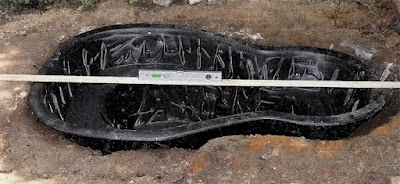



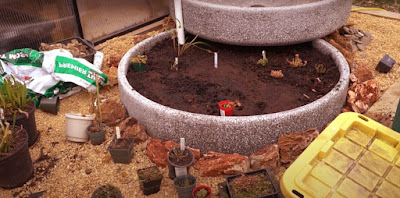


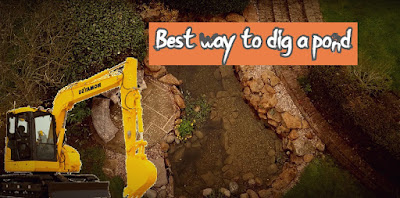
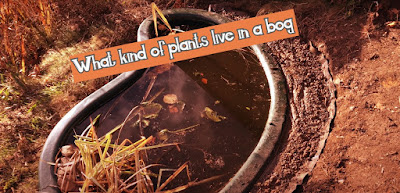
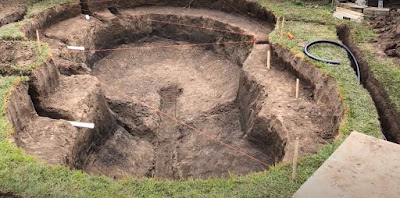
Comments
Post a Comment